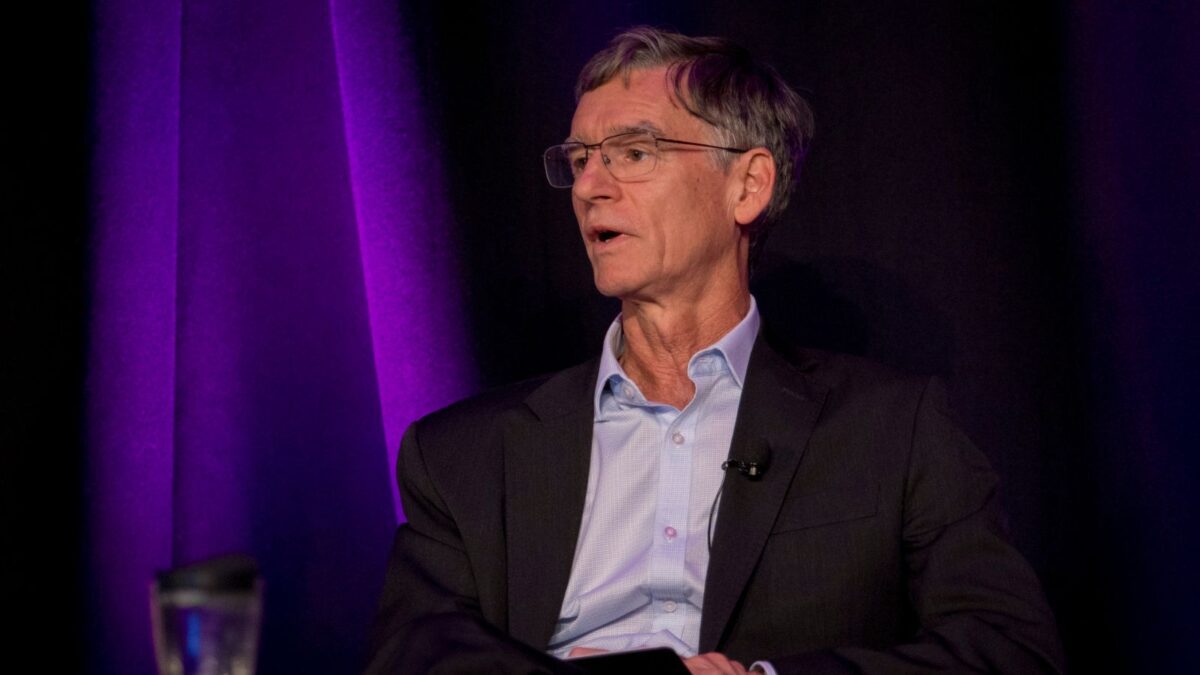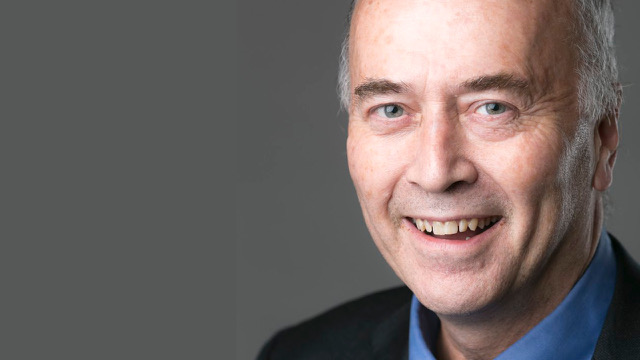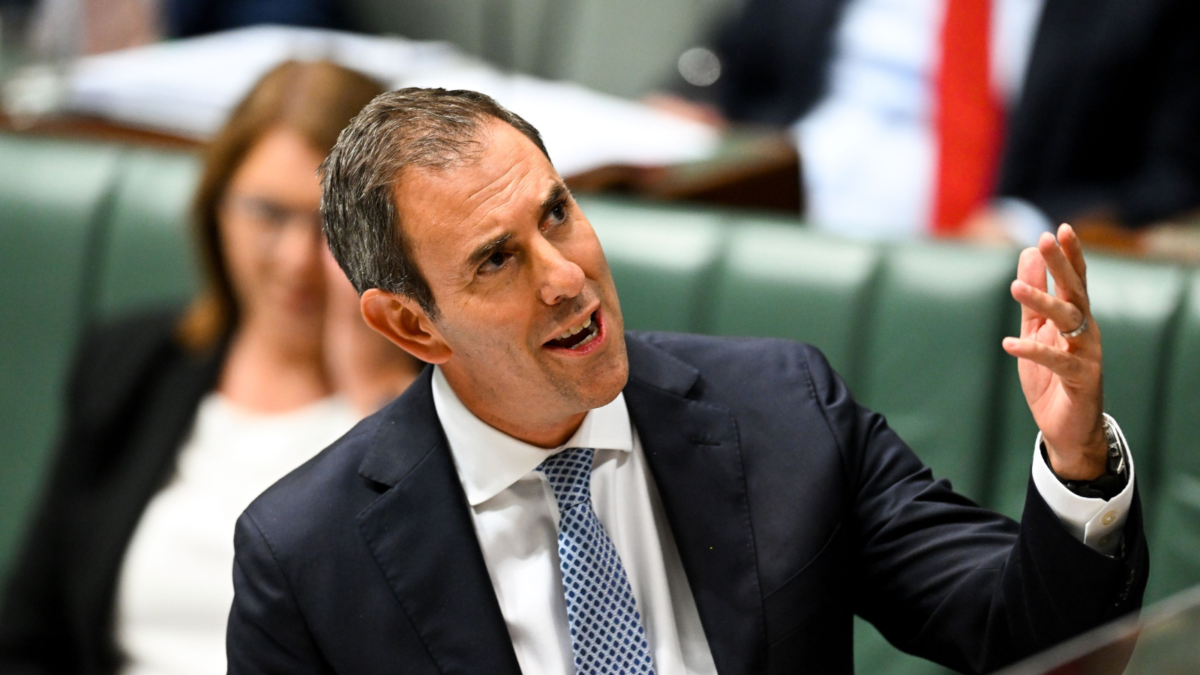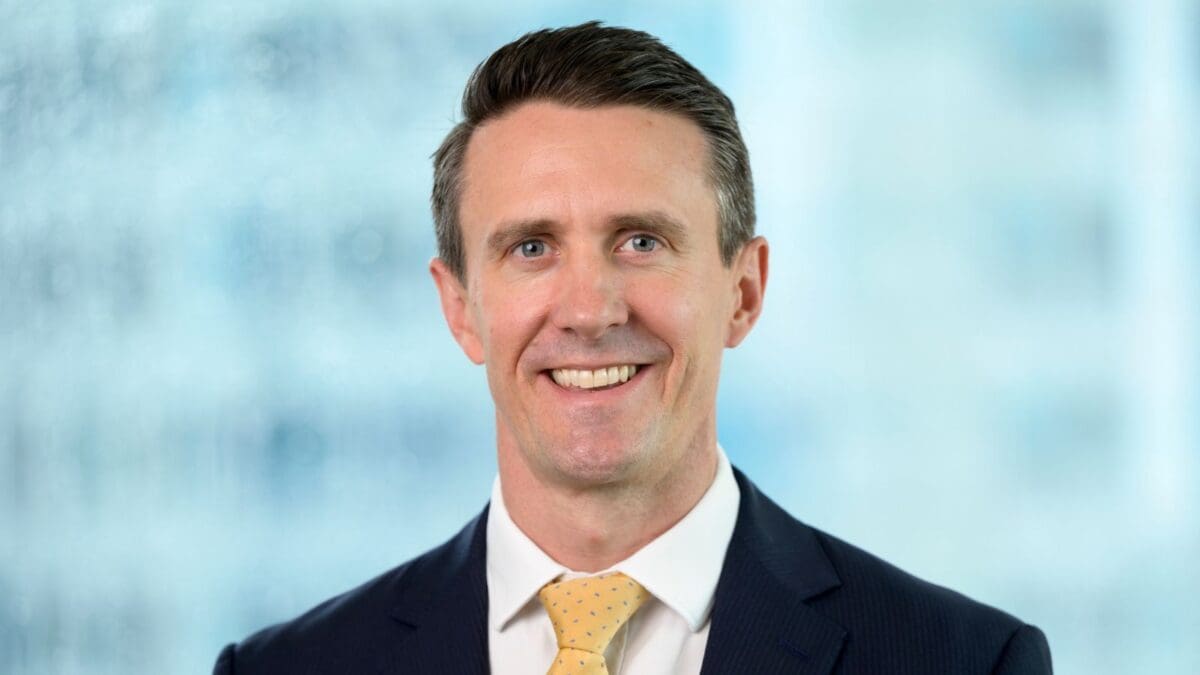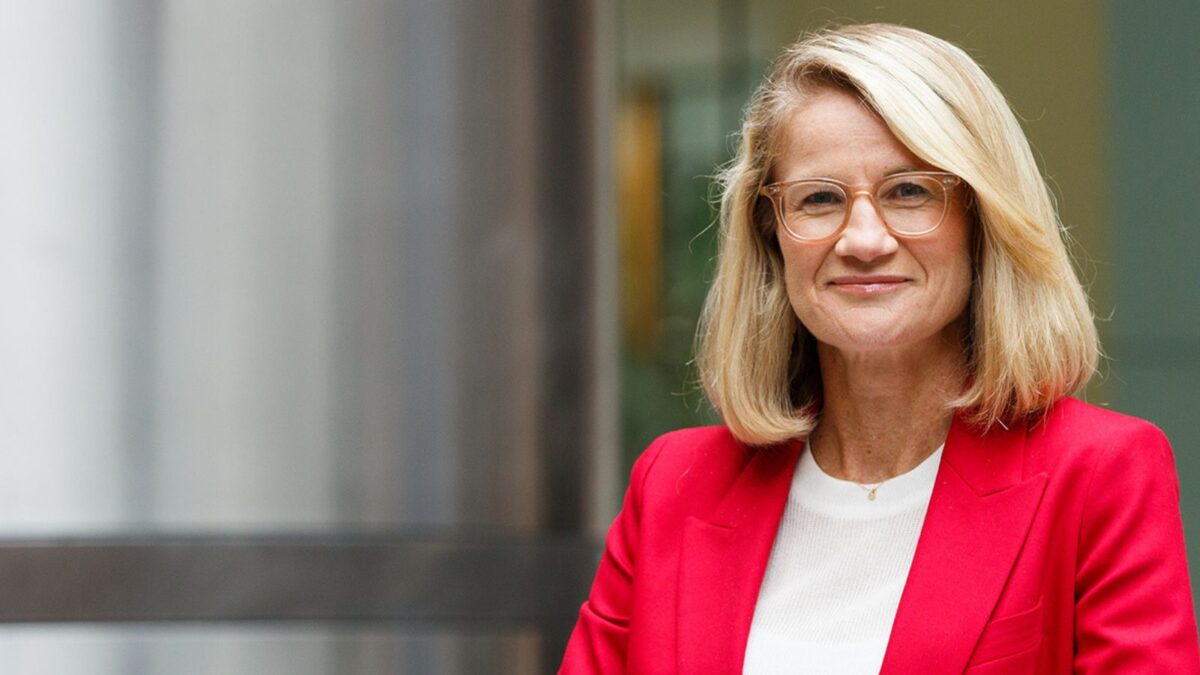The real movers and shakers among asset owners
Thanks largely to the mega funds of Japan, China, and Singapore, the Asia Pacific region heads the world in the concentration of the top 100 fiduciary investment organisations. And these funds are increasingly changing the philosophies and investment styles of all funds.
A report published last week by the Thinking Ahead Institute (TAI), the independent global organisation spawned by Willis Towers Watson’s Thinking Ahead Group, shows that the top six Asia Pacific countries account for 33.48 per cent of the top 100’s total of US$20.1 trillion.
The report puts the US still ahead as a single country, with 27.16 per cent, but the North American region, including Canada’s big pension funds, totals 31.19 per cent. Australia’s contribution is 2.55 per cent.
The US component is dominated by pension funds, whereas Asia has many more big sovereign wealth funds, such as the China Investment Corporation, the world’s largest sovereign wealth fund, which manages just under US$1 trillion and Australia’s Future Fund, which the US-dollar denominated report says has just under US$100 million. Australia’s largest entry across the types of funds measured is AustralianSuper with US$129.1 billion.
Australia has six entrants in the top 100, the others being the NSW Government’s TCorp (US$74.73 billion), MLC’s Nulis Nominees masterfund (US$72.2 billion), Aware Super (US$71.97 billion) and BT Funds Management ($US65.19 billion).
While the report does not show the proportion of funds which are not for profit, most pension funds are. Sovereign wealth funds can be either, usually a mix of the two. For instance, China’s CIC, which can invest only outside China, including an operating subsidiary housing some of the Government’s profit-making financial ventures.
Roger Urwin, co-founder of the TAI, said: “With responsibility for over one third of all asset owner capital globally, the AO100’s influence on other investors and society is growing and becoming more important.”
According to the research, the AO100 has become more prominent in integrating ESG and being more active owners, including aiming for real-world impacts in their investment strategies. These strategies increasingly include new elements, such as: factoring in member views; adopting new investment benchmarks; reporting on the impacts of their investment strategies framework; reducing carbon emissions from portfolio holdings; investing in assets that will support the transition towards a low-carbon economy; and, devising and implementing climate transition strategies that align with the Paris Agreement.
Urwin, who set up what has become Willis Towers Watson’s global asset consulting division and founded the Thinking Ahead Group as well as, with co-founder Tim Hodgson, the TAI, has coined the term ‘universal owner’ to describe some of the funds at the top end of the size scale.
These funds have their own definition, not solely down to asset size. They tend to be not for profit pension funds, but this can be a vague term, particularly when the pension fund’s main sponsor is a government agency. They are: “highly collaborative and involve working through industry groups, such as the Principles for Responsible Investment (PRI) and ‘Net-Zero Asset Owner Alliance’, and improve long-term financial outcomes, through beta (market return) rather than alpha (securities-relative return)”.
There are no sovereign wealth funds nor outsourced CIOs (implemented consulting) nor foundations and endowments in the top five universal owners. They are: Japan’s Government Pension Investment (US$1.56 trillion), Norway’s Government Pension (US$1.07 trillion), the Dutch ABP (US$523.3 billion), the US CalPERS (US$384.4 billion) and the Dutch PFZW (US$243.8 billion).
Urwin first published on the notion of a ‘universal owner’ in 2011. He said back then: “Universal owners are asset owners who recognise that through their portfolios they own a slice of the whole economy and the market. They adapt their actions to enhance the return prospects of their portfolios, and hence the prospects for the whole economy and the market as well. This approach is a logical but ambitious interpretation of investing sustainably.”
The research also highlights other current asset owner challenges, which include:
- Resetting their purpose, mission and vision and consequent changes to strategy and culture
- Streamlining governance arrangements particularly in delegations, partnering and processes
- Developing a strong access route and strategy to investing in mainland Chinese assets.
Jessica Melville, the head of strategic advisory for investments at Willis Towers Watson Australia, said the relative influence of asset owners compared with fund managers continued to rise, in part through the building of bigger teams with stronger leadership.
She said: “Governance is improving but has historically lagged other financial services organisations. We suggest that there are up to 20 very large asset owners globally that are well-governed, with effective cultures, providing leadership for others as a considerable force for change.
“The business model of asset owners is evolving, and we can expect further saver and investor protection regulations. This leads to a very confusing picture, at least in the short term.”


